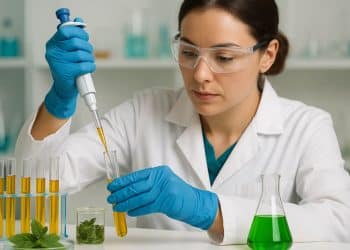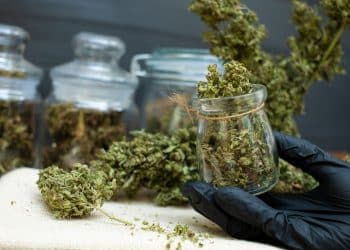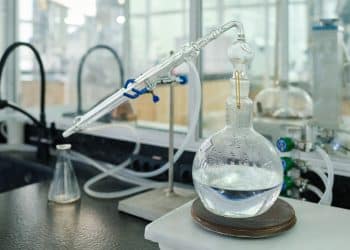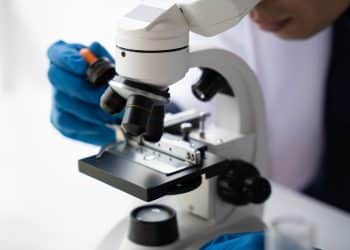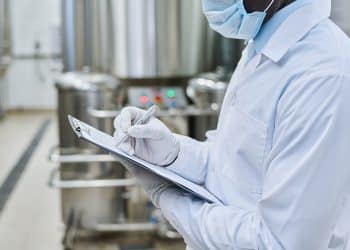Chapter One: The Skinny on Chromatography
Data is needed in pretty much every situation, right? You don’t have to have a Ph.D. in Analytical Chemistry, or anything like that to have witnessed that need. It could be in the form of medical test results, or International Bittering Units, or % tetrahydrocannabinol, or the number of people rejuvenated by cannabis on an annual basis. Or the byte (e.g. KB, MB, TB) evolution. Numbers and their units are everything.
A cannabis extraction facility isn’t exempt from the need for data. Really, nowhere is. How do you know, for example, that your extraction is efficient? Or that your decarboxylation is finished? Or that your distillation distilled? How do you improve your strategies again and again, without the analytics?
Witchery, perhaps, but seriously unlikely. It’s by preparing and analyzing samples and processing data, designing a vast ocean of 1s and 2s, and according to Benford, a lesser amount of 8s and 9s. The data can be acquired using techniques like chromatography or spectroscopy or both. Chromatography separates; spectroscopy illuminates. These attributes are due to the elegant ways in which each one operates.
Samples can be complex, containing many ingredients. To identify how much of each ingredient is present requires a technique that can differentiate between them, ideally looking at each constituent singularly. Two common chromatographic tools used for identifying what’s in a sample and how much of it’s there are gas and liquid chromatography (GC and LC, respectively). As the monikers imply, the former measures molecules in gaseous states, and the latter, liquids. Simple enough. The differences stem from what types of molecules these techniques work best for. Some molecules just aren’t readily transformed into gases. These might be molecules like proteins or carbohydrates. Some are thermally labile (degraded when heated). For these analytes, gas chromatography won’t work as well as LC, or at all.
Gases or solutions are injected into and pumped through the systems. A carrier gas or liquid (aka mobile phase) ferries the sample along but, remember, there can be many molecules in the matrix. Each one flaunts its individuality; some can separate from the pack. They do so to interact with attractive particles (aka stationary phase) that seemingly call out to them, ‘hey, come over here’. Some molecules have no interest in what these particles offer, and they flee the system rather rapidly — early eluters, they’re called.
Others might spend a little more time entwined in a chemical dance with the particles, more time than you’ve got — those perturbing late eluters. To coerce them to move along might take some prodding. You may need to ramp up your efforts and get a little more chemically aggressive by switching solvent polarity such that the late eluter can’t help but motivate through the instrument. Molecules of all sorts might exist, each engrossed in their own interplay with the stationary phase, and therefore, the analytical chemist must choreograph the dance to their own desires.
GC converts acidic cannabinoids to their neutral counterparts; thus, LC is often used. An extraction facility might want to use GC for residual solvents and terpenes, and LC for cannabinoid profiling. As with most things in life, there are options that center around concepts like cash, time, and sensitivity. How much do you want to spend, what’s the desired throughput, and how low of a concentration do you want to measure?
Tune in next time for a rundown on how you can use light to measure concentration, aka quantitative spectroscopy.
Image Credit: “chromatography” by Neal Patel is licensed under CC BY-NC 2.0


